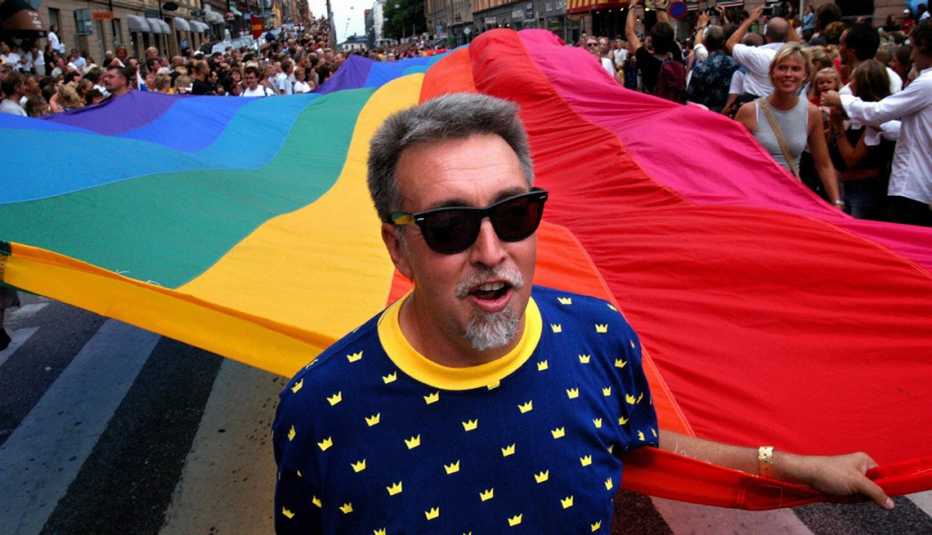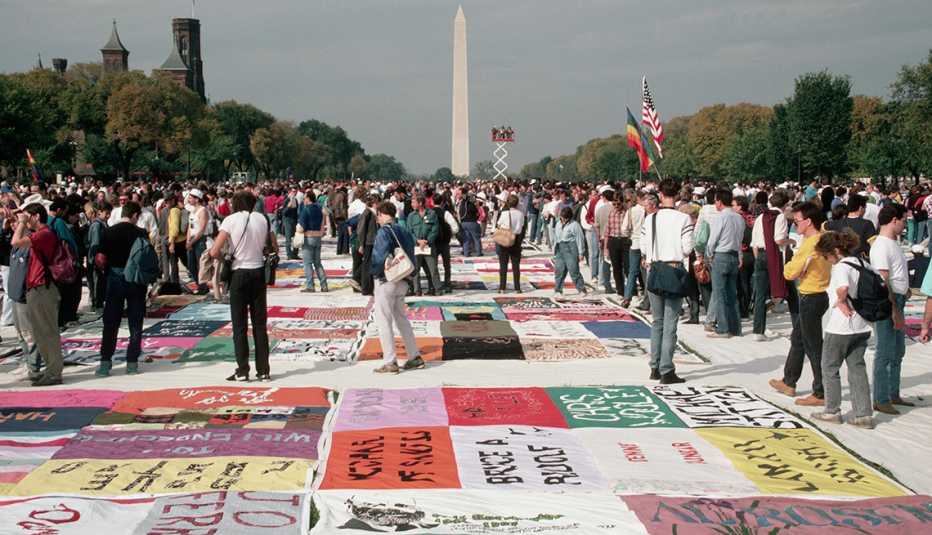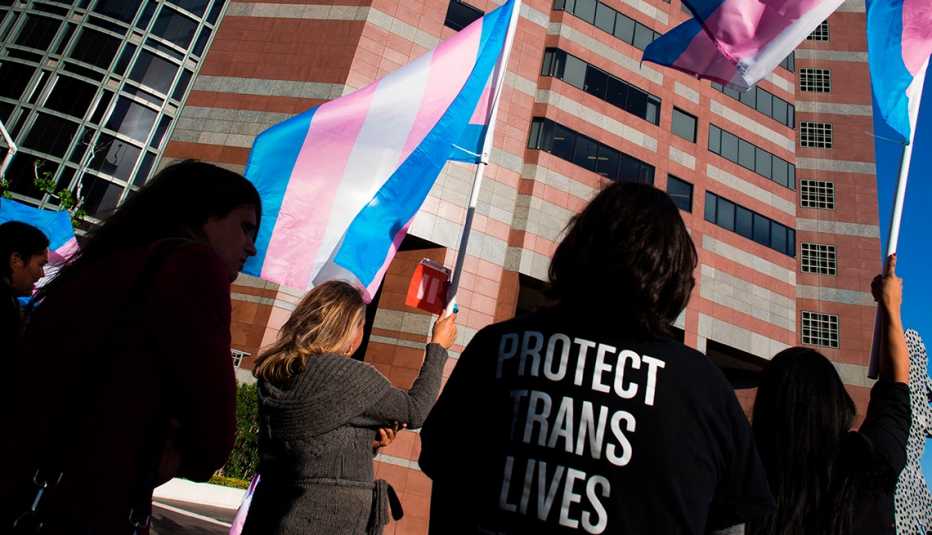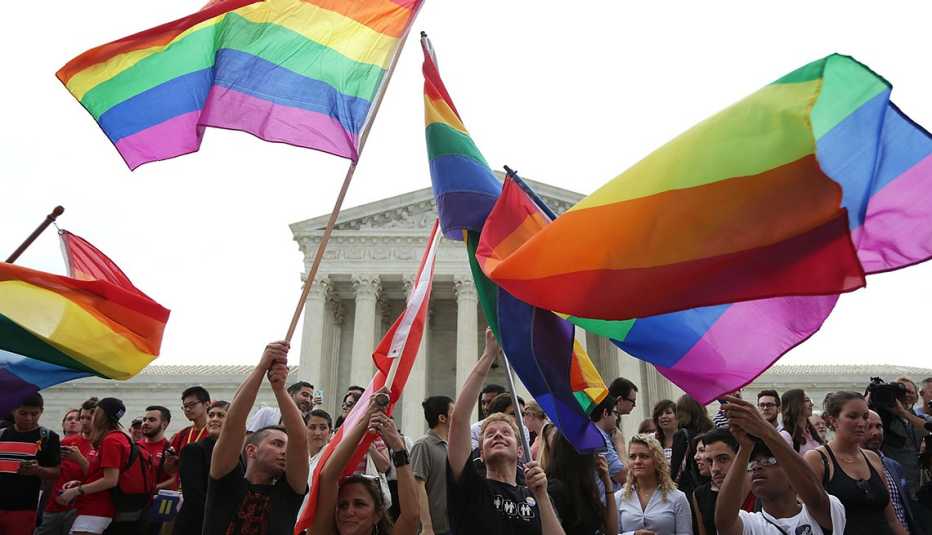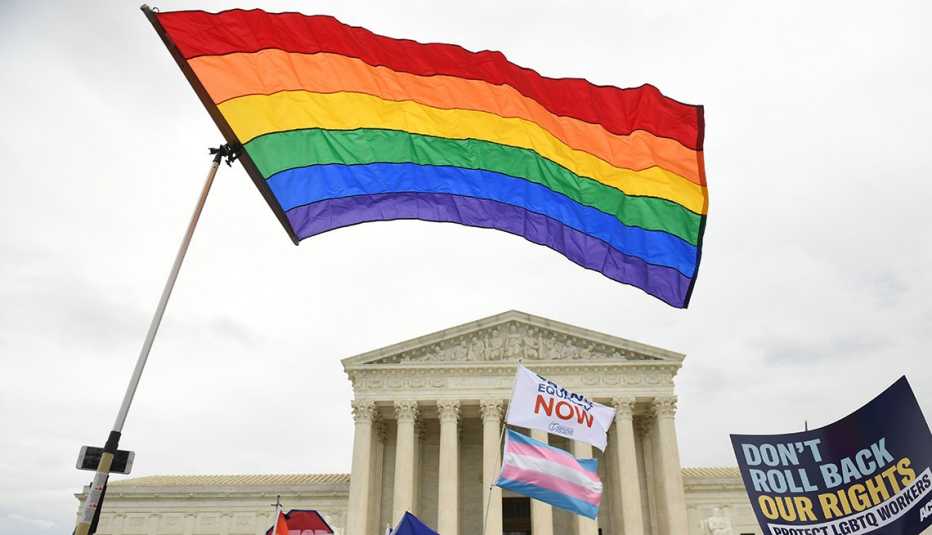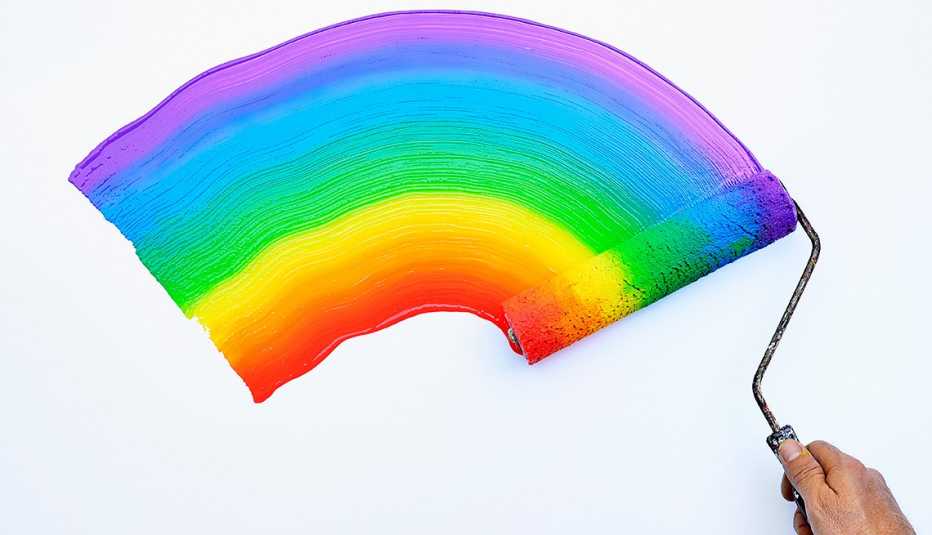Staying Fit
1969: Stonewall Uprising


In the early-morning hours of June 28, 1969, police raided the Stonewall Inn, a popular Greenwich Village nightclub, for the second time in a week — a common occurrence in an era when nearly all aspects of LGBTQ life were criminalized. That night, however, the crowd refused to disperse and patrons clashed with police as the confrontation swelled to include hundreds of demonstrators. Riots continued into the following week. The Stonewall uprising galvanized activists across the country and set into motion the modern LGBTQ movement — including pride.


AARP Membership— $12 for your first year when you sign up for Automatic Renewal
Get instant access to members-only products and hundreds of discounts, a free second membership, and a subscription to AARP the Magazine.
1970: First Pride Parades

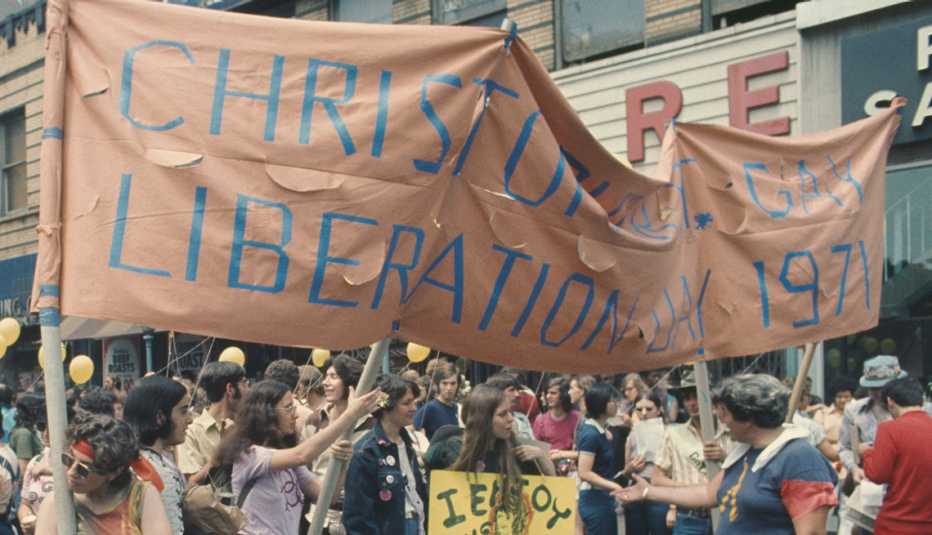
One year after Stonewall, people commemorated the uprising with marches in New York City, Chicago, San Francisco and Los Angeles. The phrase “gay pride” was also brand-new that year, coined by activists as a shorthand to unite the events planned as part of the fledgling movement. In 1971, pride went worldwide, with parades and demonstrations taking place in West Berlin, London, Paris and Stockholm.





























































